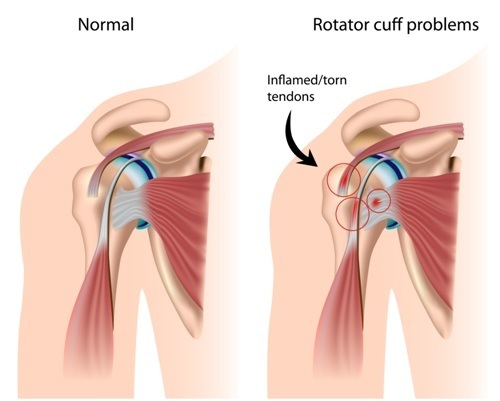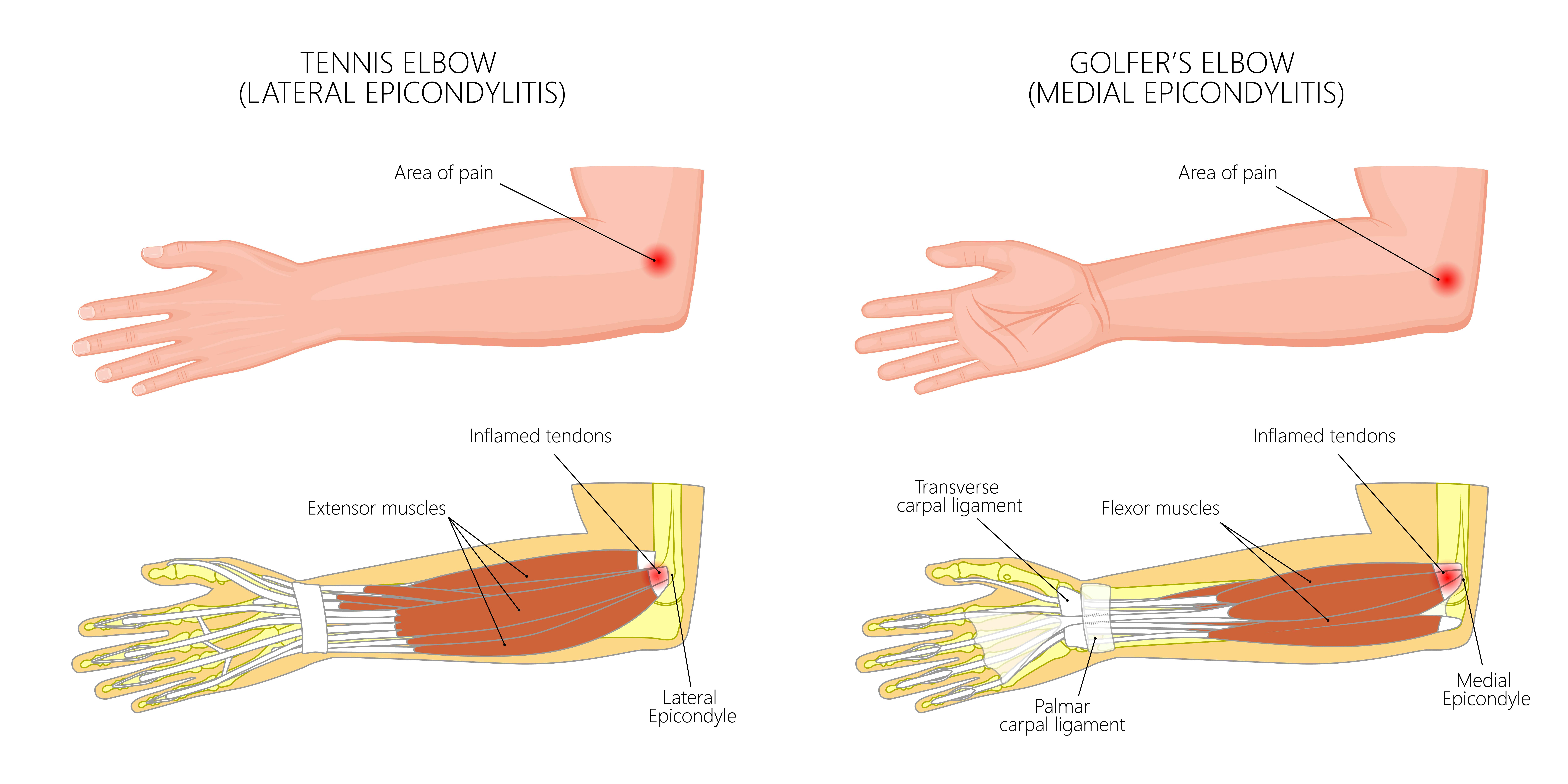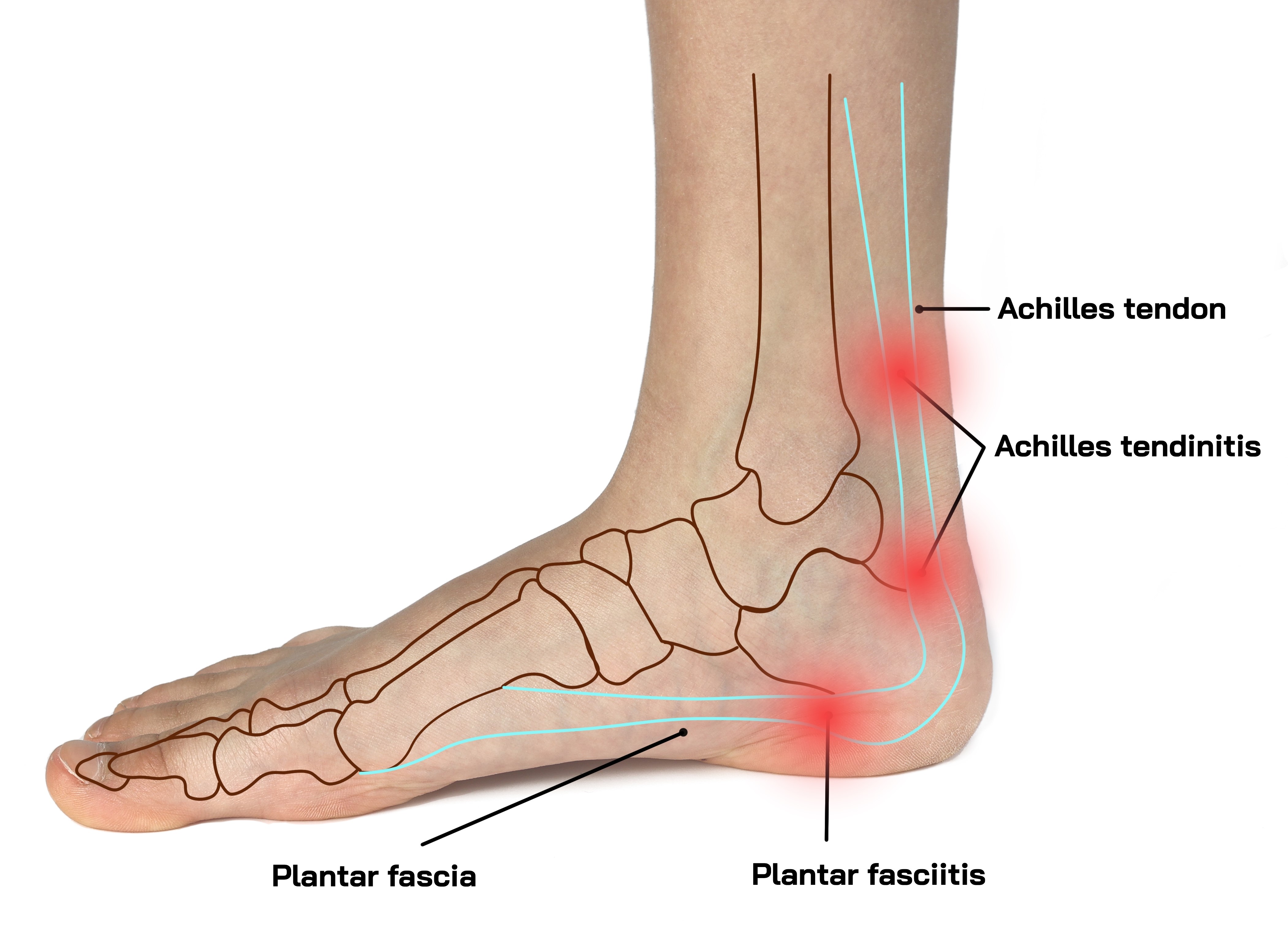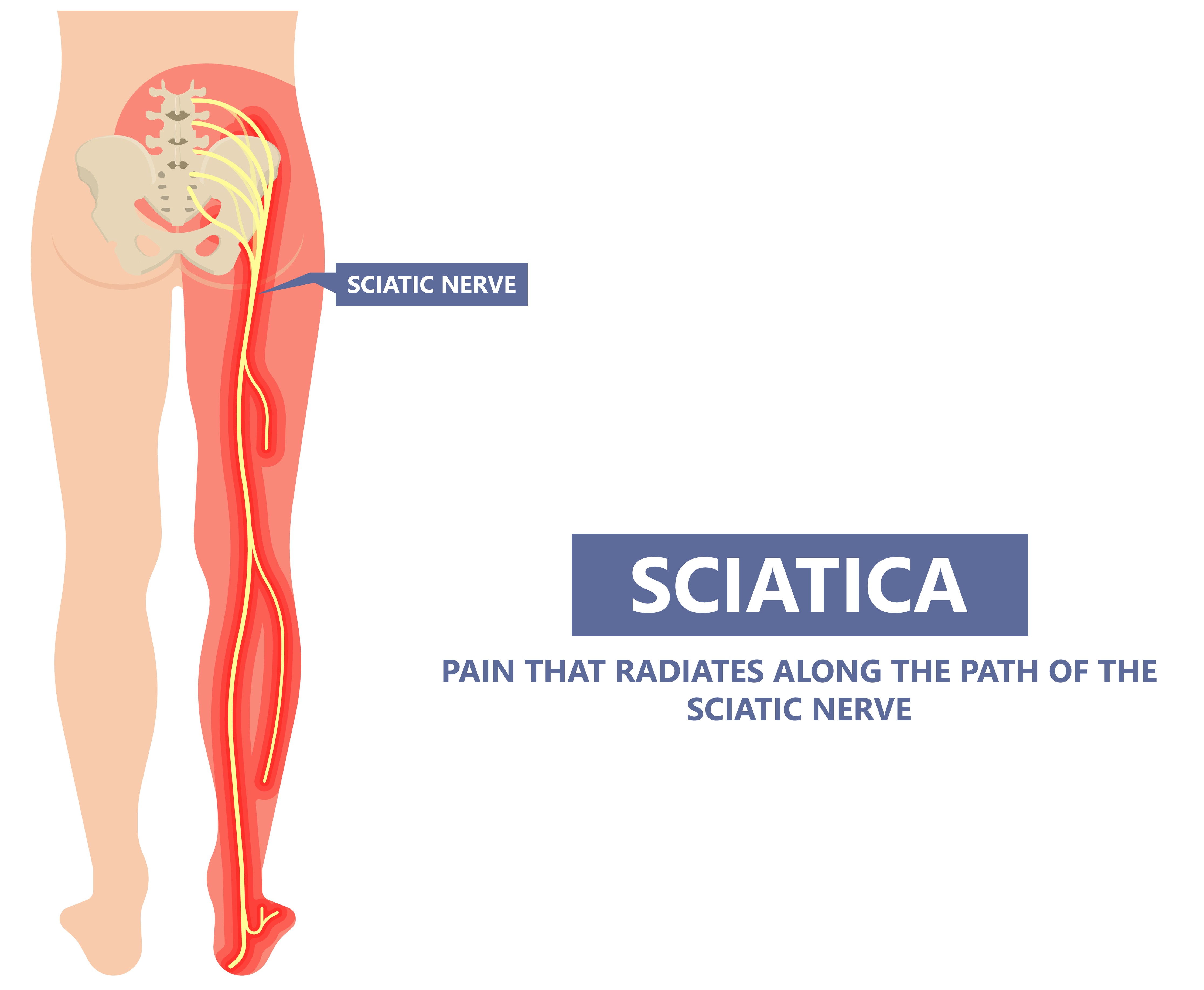Acupuncture for Shoulder Tendonitis

Shoulder tendonitis is an inflammation of the rotator cuff tendons and/or biceps tendon. Tendons connect muscle to bone and can often become pinched and irritated from repetitive movements. The rotator cuff connects the upper arm bone (humerus) to the shoulder blade (scapula) and consists of four shoulder muscles that stabilise and move the shoulder joint and the tendons that attach the muscles to the bone.
Shoulder tendonitis is often associated with sports injuries when the shoulder is used in a repetitive overarm action such as in tennis, swimming or baseball/softball. Heavy lifting and occupations that have repetitive overarm movements such as painting, as well as everyday activities like gardening and scrubbing or cleaning may also cause tendonitis. Tendons become less flexible as we get older and so are more susceptible to injury.
It can cause swelling and tenderness in the front of the shoulder, and you are likely to feel a dull ache around the outside of your shoulder. Initial symptoms include pain when lifting your arm, especially above shoulder height and with forward reaching movements. As the problem progresses, reaching your arm behind your back becomes more painful so simple tasks like brushing your hair and putting on your coat become difficult. Lying on the affected shoulder hurts and the pain can worsen at night keeping you awake. After a period of time you may start to lose strength in your arm.
Rest is required to avoid continued aggravation of the tendons and gentle exercise helps to maintain movement and prevent frozen shoulder. Acupuncture can reduce the pain and inflammation caused by shoulder tendonitis and it also increases the blood circulation and qi (energy) flowing to the tendons, allowing your body to heal itself faster. Frozen shoulder is when the tissue covering the shoulder bones and rotator cuff muscles and tendons tightens and thickens on the shoulder joint causing severe pain, stiffness and immobility.
A trapped nerve in the back of your neck can also cause shoulder pain but this is a more intense sudden pain than the persistent dull ache from tendonitis. Shoulder pain from a trapped nerve in your neck usually occurs when moving your head and neck, rather than the shoulder pain from tendonitis that occurs when moving your arm. A trapped nerve in your neck can lead to a tingling and numb feeling going down your shoulder and arm to your hand and you should seek advice from your doctor if this happens.
Acupuncture for pain management helps your body to feel better which in turn uplifts your mind and spirit bringing a greater balance to your enjoyment of life. Book a treatment with Kathy Hitchens at Balancing Acupuncture in Truro.





